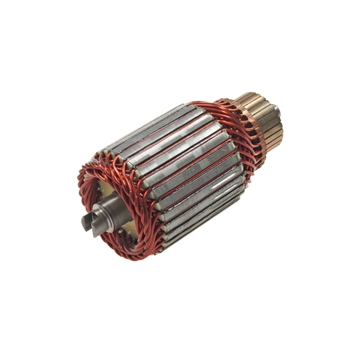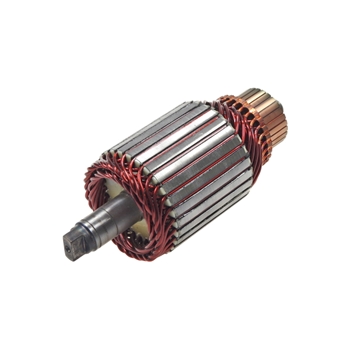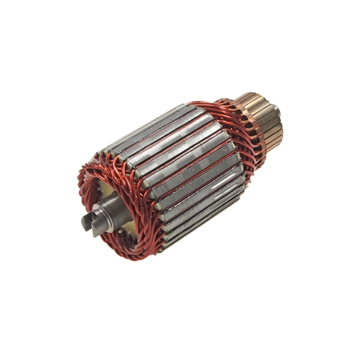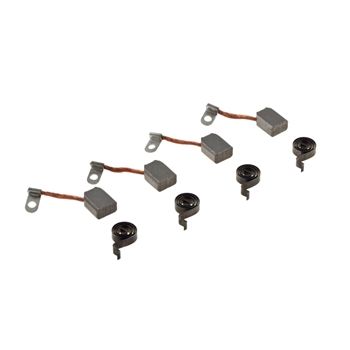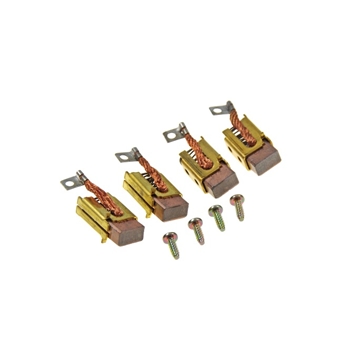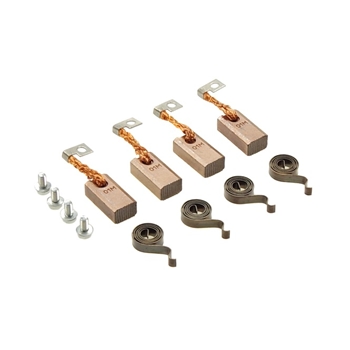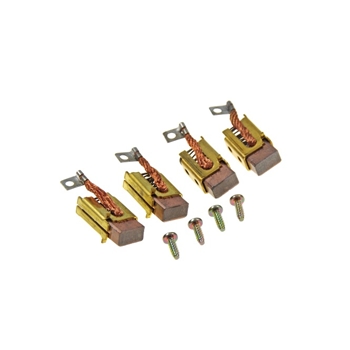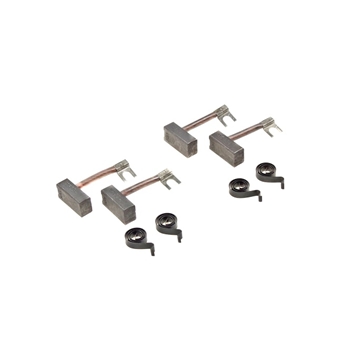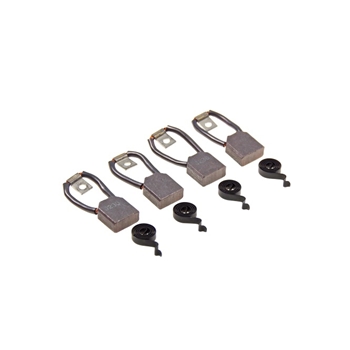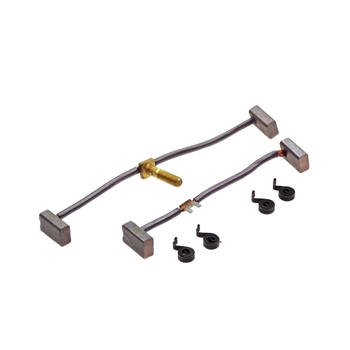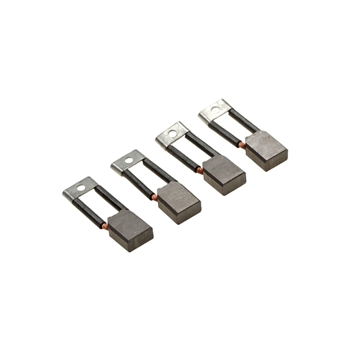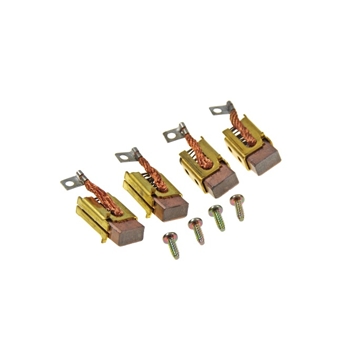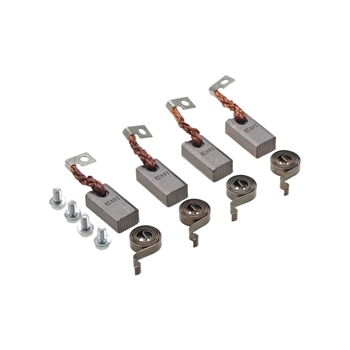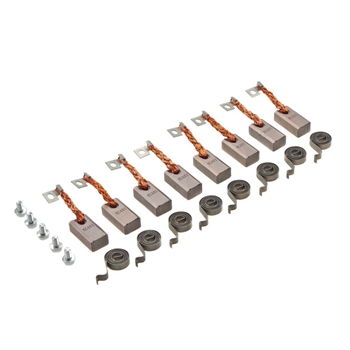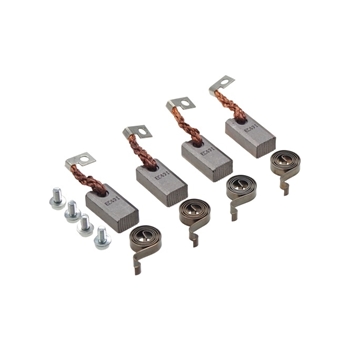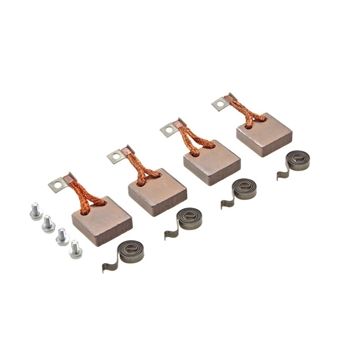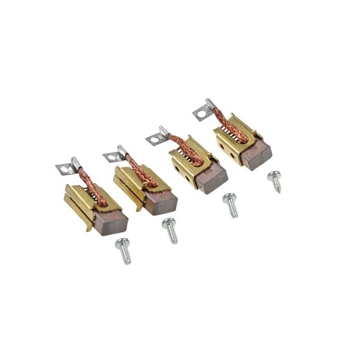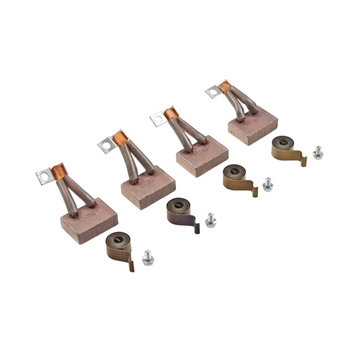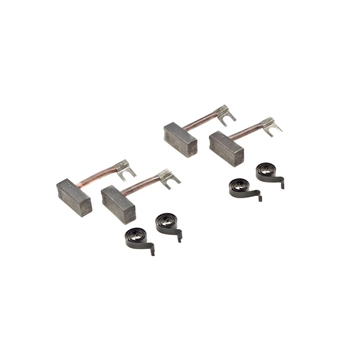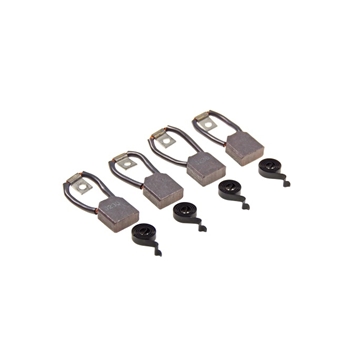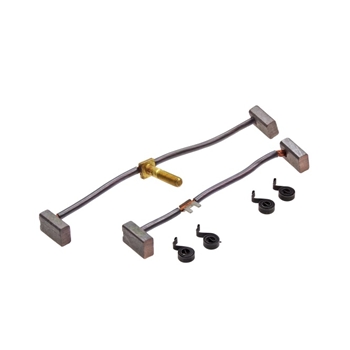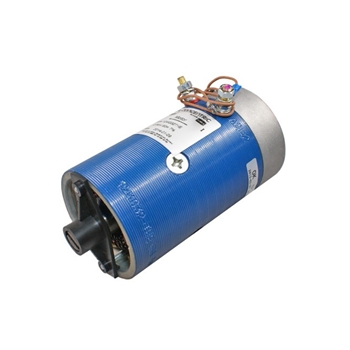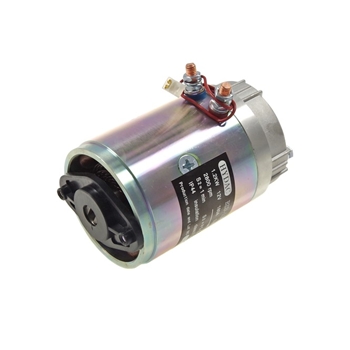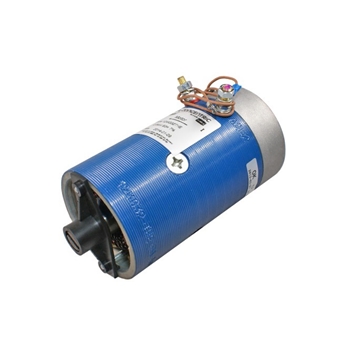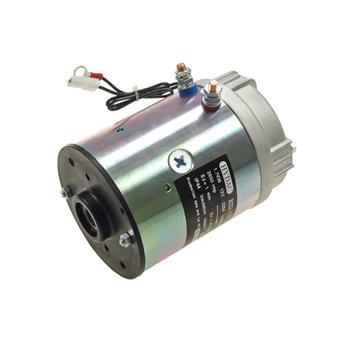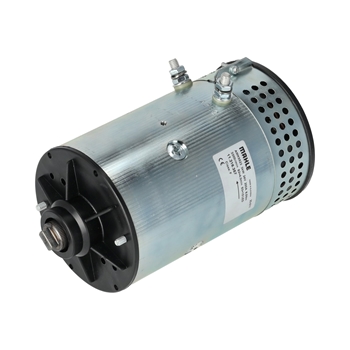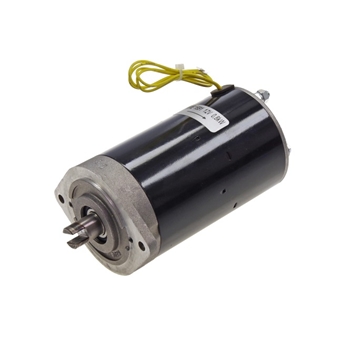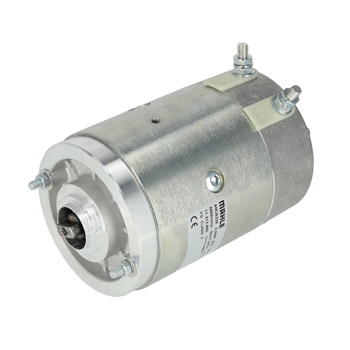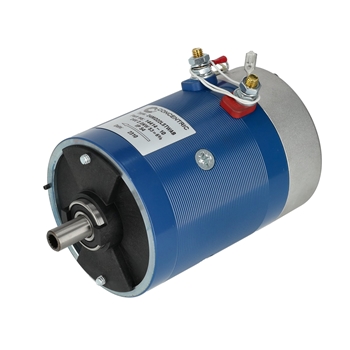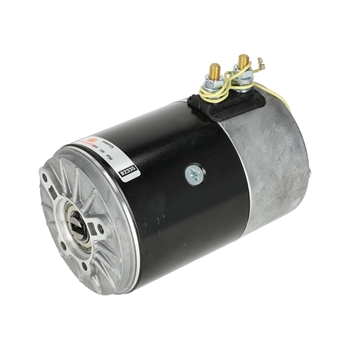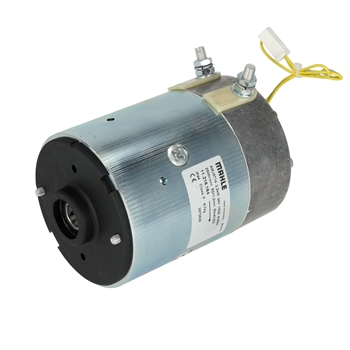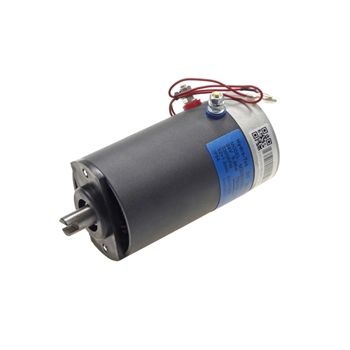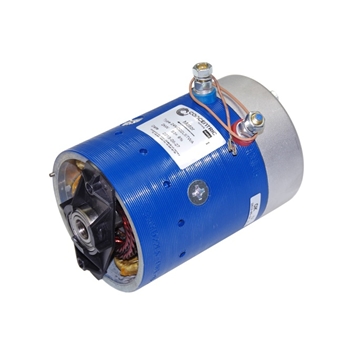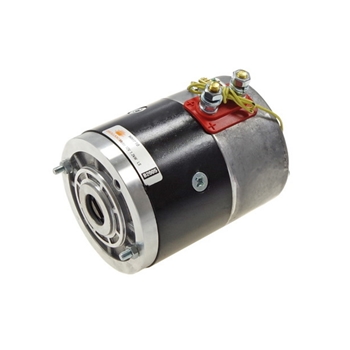Electric motors for tail gates – Drive units for precise hydraulic systems
In daily operation of a tail gate, the electric motor performs a central function. It provides the mechanical energy required for all lifting, lowering and closing movements and forms the core of the hydraulic drive of modern tail gates and lift gates. Electric motors must operate reliably and ensure consistent power transmission, as they are directly connected to the hydraulic pump. In this category, you will find electromechanical drive units designed for the technical requirements of established hydraulic systems. SULEJ Ladebordwand relies on tested and durable components that ensure stable and reproducible performance in professional use.
Energy transfer in the hydraulic drive – From the motor to linear movement
The electric motor converts the electrical energy from the vehicle's power supply into rotational movement. This powers the hydraulic pump, which pressurizes the hydraulic oil and feeds it into the hydraulic system of the tail lift. There, the pressure is transformed into linear motion, enabling smooth and controlled lifting and lowering. The coordinated interaction between motor, pump and control unit is decisive for stable movement sequences and reliable power transmission.
Designs and variants – Technical configurations for different vehicle classes
Electric motors differ in power output, design and electrical configuration. Vans and light commercial vehicles predominantly use 12-volt drive units, while tail gates on heavy vehicles are typically equipped with 24-volt motors. In addition, overall length, rotation direction, bearing design, type of pump coupling and the structural properties of the motor housing vary. Differences also arise in thermal behaviour, protection classes and the design of windings and bearings. Many electric motors commonly used in the market come from manufacturers such as Mahle, Iskra, Letrika, Hydro-Tek, HYDAC, Rexroth (Oilsistem) or Bucher. The choice of a suitable motor depends on electrical voltage, performance data, rotation direction, pump compatibility and mechanical mounting points. Only the match of all relevant parameters guarantees reliable and thermally stable operation of the complete hydraulic drive.

